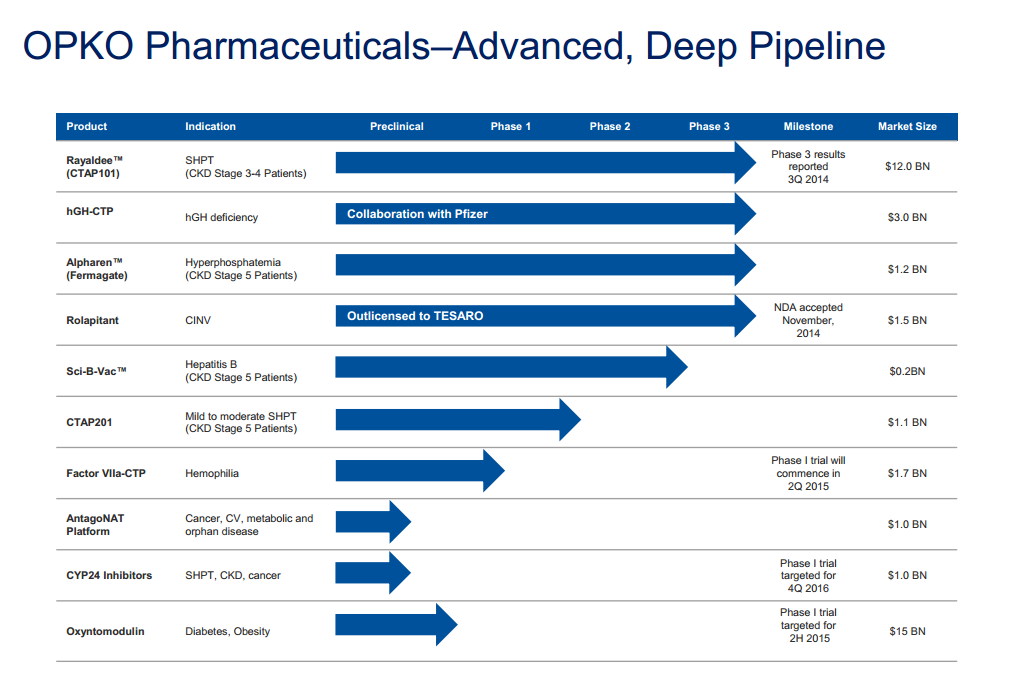EqualWeight ETF Trounces Traditional S P 500 Peers
Post on: 21 Июль, 2015 No Comment

Just over two decades ago, the SPDR S&P 500 (NYSE: SPY ) was born, forever altering the U.S. investment landscape in the process. Today, SPY is the world’s largest ETF with nearly $130 billion in assets under management.
Superlatives to be sure, but none mean SPY is the best ETF just because it is the biggest. In fact, SPY is not even the best S&P 500 ETF. Nor are any of its cap-weighted rivals. The title of best S&P 500 ETF is worn by the Guggenheim S&P 500 Equal Weight ETF (NYSE: RSP ), which celebrated its tenth birthday last week.
In a new research note, S&P Capital IQ credits RSP with helping set the stage for the launch of scores of ETFs that eschew cap-weighting in favor of other methodologies.
RSP holds an equal weighting of all stocks within the S&P 500. This helps provide increased diversification for investors, which is indeed one of the benefits of ETF investing. Since RSP launched, we have seen many variations of non-market-cap-weighted ETFs from PowerShares, WisdomTree and others that weight the stocks inside an ETF based on fundamental factors such as dividends, sales growth, etc., said the research firm.
There are significant differences between RSP and traditional S&P 500 ETFs such as SPY. For example, SPY’s top -10 holdings, a lineup that includes Exxon Mobil (NYSE: XOM ), Apple (NASDAQ: AAPL ) and Microsoft (NASDAQ: MSFT ), combine for 18.25 percent of that ETF’s weight.
On the other hand, RSP’s top-10 holdings, a group that includes First Solar (NASDAQ: FSLR ), GameStop (NYSE: GME ) and Biogen (NASDAQ: BIIB ), combine for less than three percent of that ETF’s weight. No individual holdings in RSP receives a weight above 0.34 percent. Exxon, SPY’s largest holding, accounts for 2.8 percent of that ETF’s weight.
RSP and SPY also differ at the sector level. Consumer discretionary is that ETF’s top sector with a weight of almost 16.7 percent. Financial services comes next at 16.2 percent followed by technology at 13.6 percent and industrials at 11.7 percent. SPY’s top-four sector allocations are technology (17.5 percent), technology (16.1 percent), health care (12.8 percent) and consumer discretionary (11.8 percent).
Due to the differences at the holdings and sector level, the performances of RSP and SPY have differed in recent years. In 2008, when SPY declined 37%, a rough year to say the least, it bettered RSP’s 40% loss, as stakes in higher quality stocks provided a cushion, according to S&P Capital IQ. However, in 2009 and 2010, when equities rallied higher, RSP’s 45% and 21% respective returns were much higher than SPY’s 26% and 15% gains. But before extrapolating that success further, SPY won the battle in 2011, rising 1.9% compared to the 0.8% decline for RSP, only to lag in 2012 when RSP was up 17%, vs. 16%.

Year-to-date, RSP is up 13.7 percent compared to 12.4 percent for SPY, though SPY has been 80 basis points less volatile. RSP is also pricier than rivals such as SPY with an annual expense ratio of 0.4 percent. SPY charges 0.0945 percent per year. Over the past three years, RSP has gained 44.8 percent compared to 43.1 percent for SPY.
RSP has a standard deviation of 16.86 percent and a beta of 1.12 against the S&P 500, according to Guggenheim data. S&P rates the ETF Marketweight.
(c) 2013 Benzinga.com. Benzinga does not provide investment advice. All rights reserved.
Profit with More New & Research. Gain access to a streaming platform with all the information you need to invest better today. Click here to start your 14 Day Trial of Benzinga Professional














